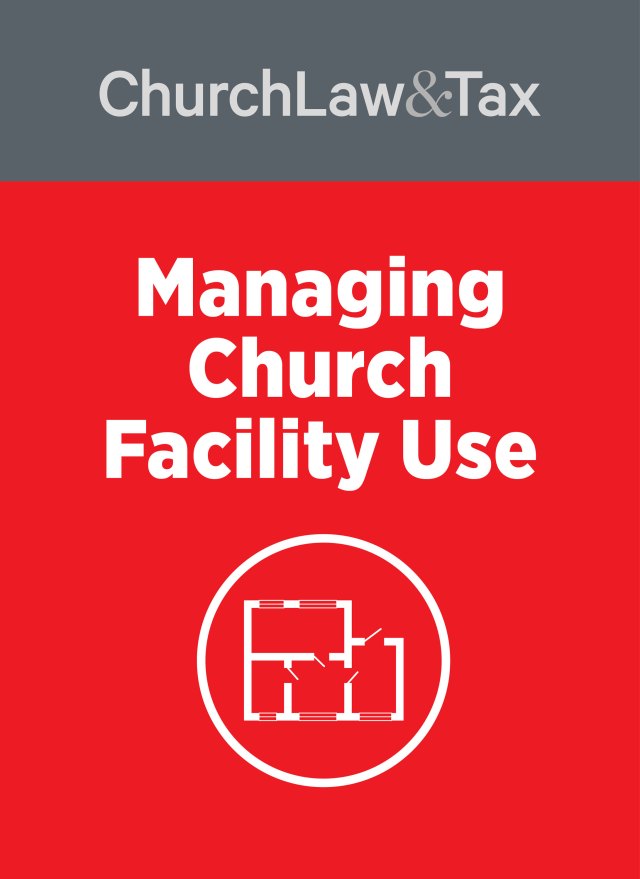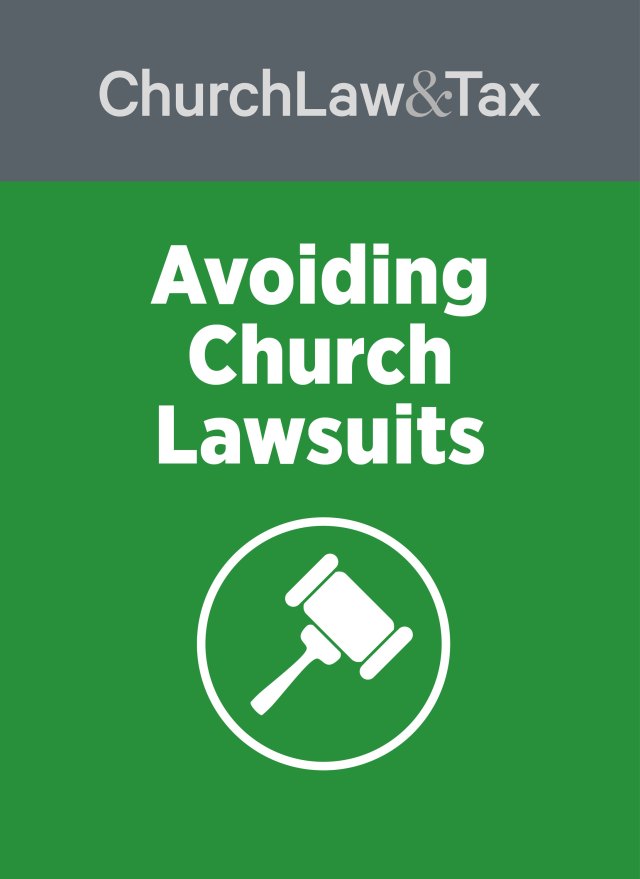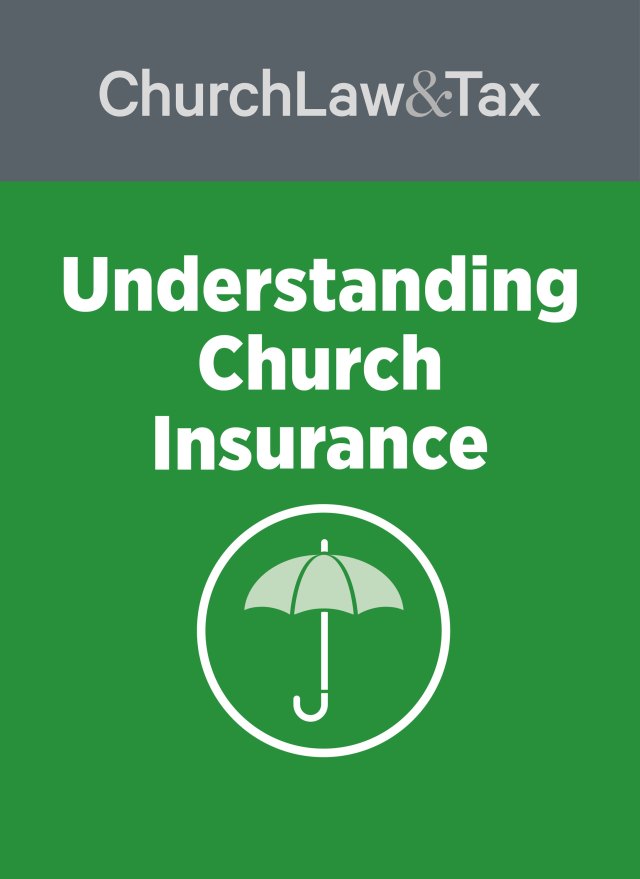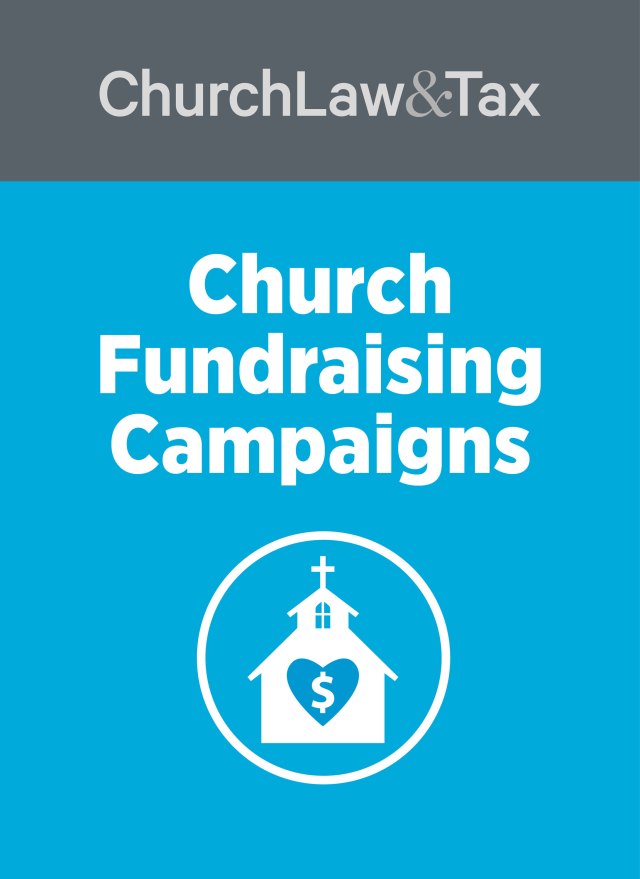Lending institutions often refer to “the Four Cs of Credit.” Interestingly, while there is some commonality among those who cite the Four Cs, different institutions cite different Cs, and some refer to five rather than four. The Cs most commonly cited are: Character, Capacity, and Collateral.
This information is pulled from “Church Finance – Second Edition” now available in the Church Law & Tax Store.
Based on professional experience and communications with numerous church lenders over the years, here is how I would state the 5 C’s of Church Mortgage Financing:
Character
The integrity and acumen of the church’s leaders, and the quality of the church’s accounting books and records. Character also includes the quality of the church’s governing body (board) and the manner in which the governing body exercises oversight with respect to the church’s activities.
Cash flow
A stable history of positive cash flow which clearly supports, in a well-documented manner, the church’s ability to honor the proposed debt obligations.
Cash reserves
Cash and investment balances sufficiently significant to provide the church with flexibility and time to adapt in the event that the church experiences unexpected difficulty in servicing the debt from regular operating cash flows.
Collateral
Assets underlying the debt which have a market value significantly in excess of the debt amount and which are pledged to satisfy the debt in the event that the church is unable to repay.
Contingency plan
A plan that church leaders develop in advance addressing how it will adapt to ensure the church’s ability to honor its debt obligations in the event of a sudden or unexpected downturn in revenue or other financial challenge.





